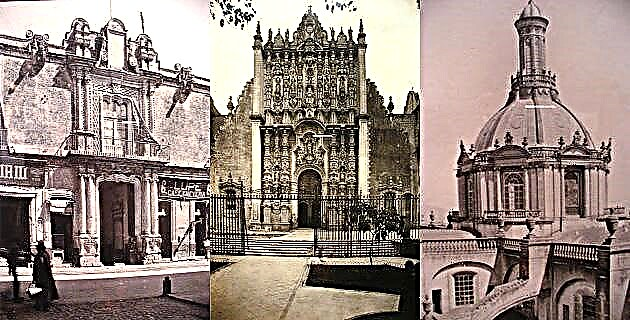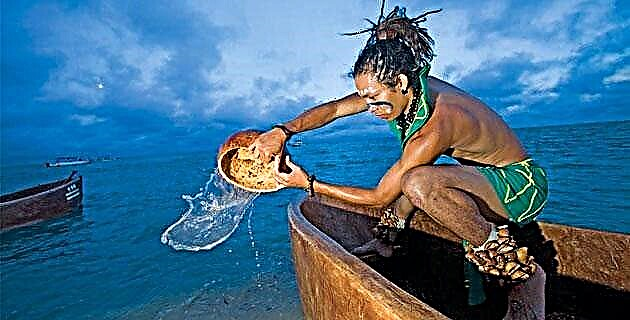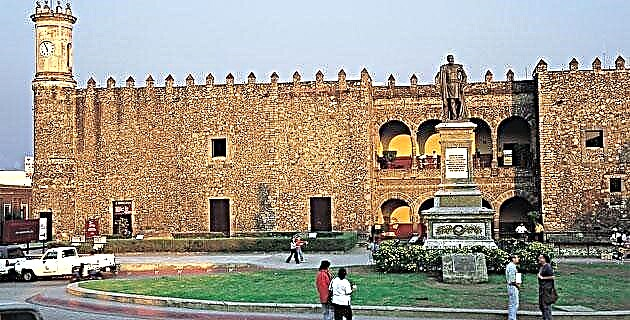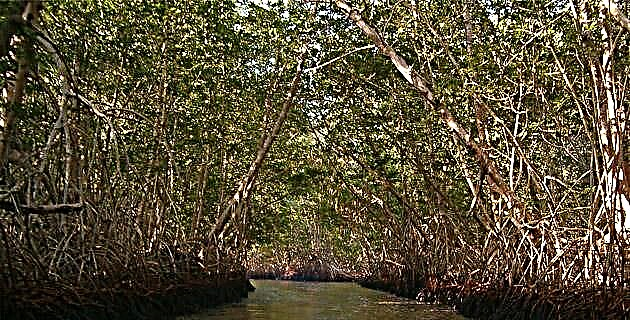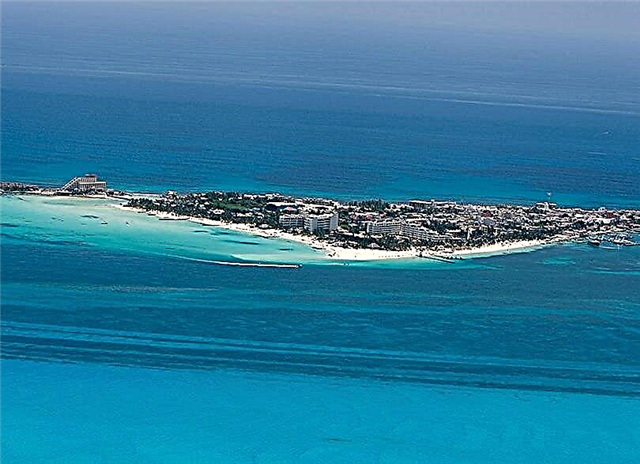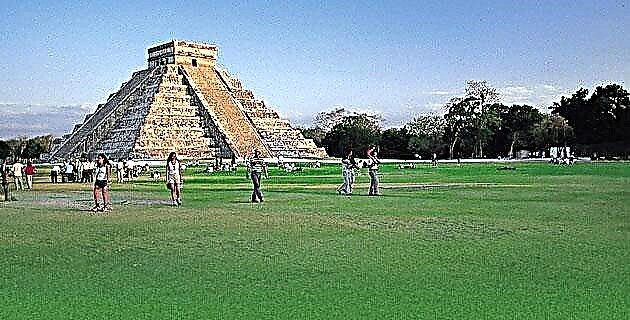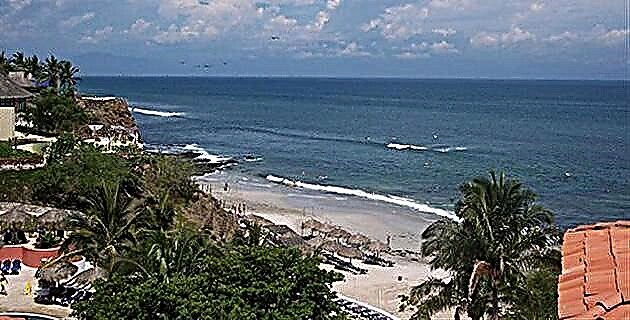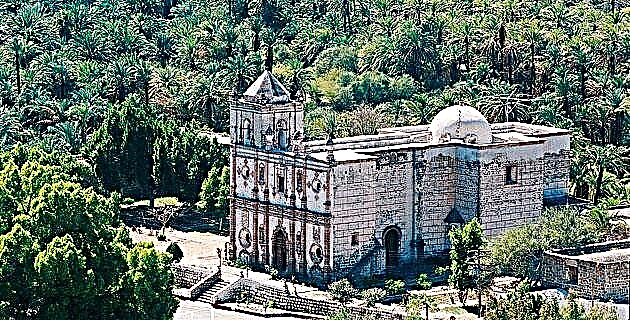
The missions, the first stones of the Californian dream, paradigm of the prosperity of the western world, remain largely unknown.
The missions, the first stones of the Californian dream, paradigm of the prosperity of the western world, remain largely unknown.
Considered an island for a long time, the region was a burning furnace for the first Europeans who dared to visit it. In Latin they referred to it as calla fornaxy and hence the name California was derived. In the second half of the nineteenth century he discovered that it was a peninsula, and the lands found to the north were called Alta California.
After the Mexican-American war of 1848, the invaders not only appropriated the North Californian territory, but also the original name that in justice corresponded to the peninsula that Mexico conserved, which had a greater history and tradition.
In October of this year three centuries of colonization of the Californias will be celebrated. In that month, but in the year 1697, the first mission was founded in the place now known as Loreto, Baja California Sur.
In 1535 Hernán Cortés carried out an important exploration of the coasts of the peninsula, but he and his sailors were only interested in collecting pearls and leaving never to return. A century and a half had to pass for other outsiders to settle on these wild coasts, inhabited by nomads and almost always hostile. These brave men were not conquerors or sailors, but humble missionaries.
That despised region, the last frontier, the ignored Mexico, is now being disrupted by modernity and an unprecedented tourist boom in the image and likeness of its American counterpart. Meanwhile the missions, the first stones of the Californian dream, paradigm of the prosperity of the western world, remain largely unknown. Of the twenty that existed, only nine are still standing.
LORETO
On October 25, 1697, the Jesuit Father Juan María de Salvatierra, founded the first mission, baptized with the name of Our Lady of Loreto, in honor of the popular Virgin of his native Italy. The mission was limited to a modest tent, but the evangelization work among the indigenous people allowed a stone temple to be started in 1699, which although now a discreet side chapel of the mission, is the oldest construction in the Californias.
Teaching the catechism to the aborigines was difficult, until the friars of Loreto decided to invite them to eat. In huge pots that are still preserved, a kind of pozole was prepared that made the doctrine more pleasant, as the director of the Museum of the Missions, Estela Gutiérrez Fernández, explained to us.
He also told us that on the occasion of the 300th anniversary of the Loreto Mission, it is intended to carry out conservation works in all of them, as well as in the old part of the Loreto port, of whose old wooden houses only half a dozen are preserved.
SAN JAVIER
The priest of Loreto, Isaac Villafaña, travels in his truck about three times a month along a dangerous road, between mountains, that leads to the mission of San Javier, and no religious lives there. Traveling to this small town is moving back in time and seeing typical adobe and palm houses. The bell tower, the quarry ornaments and the three Baroque altarpieces of this mission founded in 1699, worthy of a city, surprise in such a remote and unpopulated place.
MULEGÉ
The only battle where the Mexicans made the Americans run in the War of 1847 was at Mulegé. In that year the local mission, founded in 1705, was already abandoned, as the Jesuits were expelled from New Spain in 1768.
Santa Rosalía de Mulegé was built near a river and the coast of the Sea of Cortez. It is the most sober and austere of the missions. When visiting Mulegé it is interesting to also know the Community Museum located in the old prison.
SAN IGNACIO
In an oasis located almost in the geographic center of the peninsula, where date palms abound, is the town of San Ignacio. Thanks to constant activity and the support of the faithful, it is the best preserved mission. Its altarpieces, sculptures and furniture are original from the 18th century.
SANTA GERTRUDIS
The Santa Gertrudis mission is in the state of Baja California, unlike the previous four that are in Baja California Sur.
Established in 1752, Santa Gertrudis, is a sturdy construction whose walls, vaults and façade display precious quarry work. It houses a collection of important colonial pieces and the bell tower is very original because it is separated from the temple.
Father Mario Menghini Pecci, born in Italy but with 46 years of working in the peninsula, obtained money and technical support for the restoration of the temple of this mission.
First, he had to found, together with some Baja California citizens, a civil association called Mejibó A.C., a term that is a cry of euphoria from the Cochimí indigenous people. Then he got help from the parastatal Exportadora de Sal, S.A. and the governor of Baja California, Héctor Terán.
SAN BORJA
One hundred kilometers north of Santa Gertrudis, in Baja California, in what is almost a cactus forest, where pitahayas and choyas abound, and cardones and candles stand out up to nine meters high, is the mission of San Borja.
Founded in 1762, it was the last of the missions built on the peninsula. It has the peculiarity that there are preserved adobe ruins of the original temple, a few meters from the stone temple built by the Dominicans after the departure of the Jesuits; which is austere but of important sobriety.
Due to its abandonment, the San Borja vault was deformed and lost its curvature, which is why it could fall if it is not rebuilt. The priest Mario Menghini, who now serves as the episcopal delegate for the restoration of the two Baja California missions, explained to us that this site has never been restored and that the budget for the work is one million 600 thousand pesos, as it requires careful repairs. However, San Borja is one of the favorite missions among travelers for its originality and beauty.
AMONG OTHER MISSIONS
In Baja California Sur three other missions survive; La Paz and Todos Santos, in the towns of the same names, have lost their old appearance due to absurd modernizing interventions, so they are of little interest. On the other hand, San Luis Gonzaga, founded in 1740, is in its original state, preserving its indigenous character and is the smallest of all.
The missions of Baja California are true treasures that can shine again but it takes great care and work to achieve it.
Source: Unknown Mexico No. 248 / October 1997


